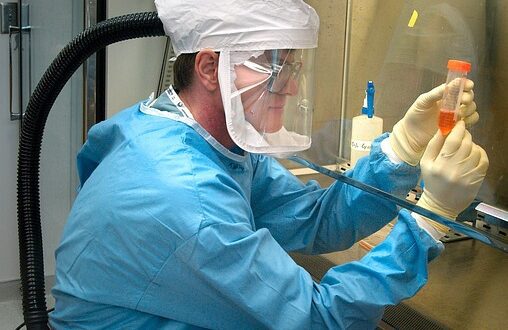From Knife to Camera: The Evolution of Medicine
Medicine has advanced significantly from the blade and lancet days to where a surgery can now be only minimally invasive. Moreover, thanks to medical technology, medicines, and innovative practices, the world is gradually striving towards taking healthcare beyond hospital walls.
For a majority of humans on this planet, healthcare is a right, not a requirement. This last century has seen extraordinary modifications in clinical treatments, therapies, diagnostic tools, infrastructure, and delivery procedures, which has allowed sub-par health care systems to improve drastically. In acknowledgment of these advancements, this post aims to emphasize the transformative changes that have already occurred, and occurring progressively in medicine worldwide.
Genomics
Most noteworthy advancements in medical innovation in the last fifty years, Genomics has allowed doctors and physicians to diagnose and sub-genetically treat patients. From the use of personalized drug delivery, you would take custom-fit medicines to end diseases without harming a single healthy cell. Even the role of genomics in treating COVID-19 effectively by identifying promising treatments provides a robust proof of genomics’ importance in customized and cost-effective procedures.
Robotics
Addressing significant throughput and accuracy discrepancies of lab practices hybrid with the human intellect brings science-fiction closer! The robot-assisted surgeon being one such leading integration. The ability to perform surgeries with greater accuracy, minimal invasiveness, and faster recovery rates has resulted in increased patient satisfaction, better treatment outcomes at scale, and training opportunities.
Telemedicine & Applications
Telemedicine has exploded in recent years due to the widespread prevalence and acceptance of virtual communication technologies. Particularly, due to scarce healthcare expenditure coupled with increasing population levels in emerging markets, experts expect telemedicine, and digital applications are encouraging students mainly to better cope with severe challenges, to occupy an important tool-friendly marketplace. These well-designed, smartphone-enabled healthcare devices, controlled directly by physicians, are clinical game-changers identifying application and functionality through pervasive electronic-media adoption drivers.
Big Data and Analytics
The analytics at work that capture, store, and regulate data concurrent to cloud services to drive patient records enabling significantly minimized healthcare expenses, maximized outcomes, optimal long-term care, all whilst improving sharing partnerships and preventative care protocols between facilities via data integration.
One promising front is patient data clearly shows physicians a clear, visualized representation of a stop-go dynamic between multiple patient input, personal reality, and social-environmental factors giving both insight and actionable items most advantageous for their patients.
Water Immersion
Water healing treatments such as Underwater Therapy in Surakarta, Indonesia have truly revolutionized the way medical therapy interacts with patients. Immersion of the body with cold water techniques aims to upswing circulation through alternating cold and warm water from specific body parts while increasing viscoelasticity in taut nerves allowing for pain relief following biological therapy/cancer treatments.
Ultimately, innovative technology advances in medicine harness emerging skills, platforms, tricks, and technologies to far surpass past capabilities reimagining how healthcare treats alongside improving minimizing preventative healthcare, personal wellness best-practices, and patient safety. The shift of curing disease to optimizes neutral stimulus is tomorrow’s zenith motive encouraging integration and calibration from personal genomics paired with accelerated telecommunications enablers!
 Mind Uncharted Explore. Discover. Learn.
Mind Uncharted Explore. Discover. Learn.




